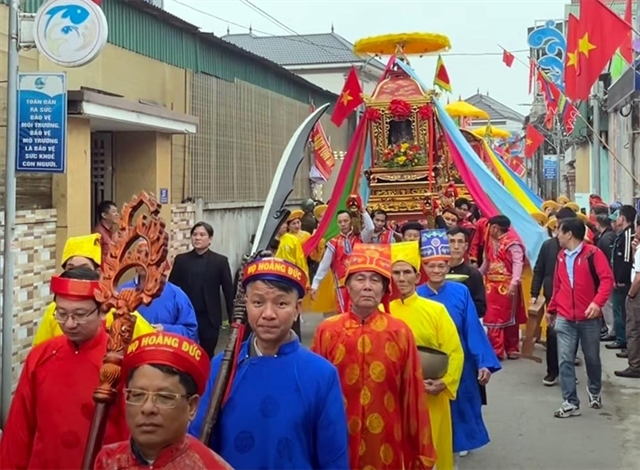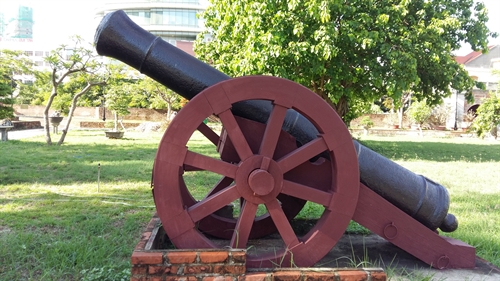 Life & Style
Life & Style

The central city of Đà Nẵng has proposed that a collection of 11 cannons unearthed at the Điện Hải Citadel between 1979 and 2008 be recognized as a national treasure.
 |
| Used against French, Spanish: A 19th-century cannon on display at Đà Nẵng City Museum. The city has proposed recognition of 11 cannons as a national treasure. — VNS Photo Công Thành |
ĐÀ NẴNG — The central city of Đà Nẵng has proposed that a collection of 11 cannons unearthed at the Điện Hải Citadel between 1979 and 2008 be recognised as a national treasure.
The city administration said the collection, which is on display at the Đà Nẵng Museum in the old location of the Điện Hải Citadel, had originally been cast in iron during the Nguyễn Dynasty, between 1802 and 1860.
They form part of a collection of 30 cannons deployed at the citadel to protect Đà Nẵng in the fight against French-Spanish coalition forces in 1858-60.
The cannon collection and citadel are closely linked to Nguyễn Tri Phương (1800-73), a famous general who commanded an army and civilians in fighting against invading forces.
Điện Hải Citadel was first constructed as a military outpost in the 12th year of King Gia Long’s reign (1813), near the mouth of the Hàn River, to control access to Đà Nẵng port and serve as an important defensive position.
The citadel, which was listed as a national historical monument in 1988, still has a moat between two brick walls, with the cannon collection displayed outdoors.
Đà Nẵng Museum, spanning 3,000sq.m. of exhibition space, displays 2,500 objects, photos and documents related to the culture of Đà Nẵng and neighbouring central provinces, of which 1,900 are original artefacts.
The museum is a top destination for tourists.
According to the Ministry of Culture, Sports and Tourism, Việt Nam has recognised 104 national treasures.
Among them are three at Đà Nẵng’s Chăm Sculpture Museum: the Bodhisattva Tara Statue, the Mỹ Sơn Altar of E1 Tower of Mỹ Sơn Sanctuary, and the Trà Kiệu Altar.
These items represent the unique antique Chăm sculptures created during the Champa Kingdom (from the 4th to the 13th centuries in the central region of Việt Nam). — VNS




